What exactly constitutes a “dance song”? It’s a question that opens up a vast and varied landscape of music. While almost any song can inspire movement, when we talk about dance songs in a cultural context, we’re referring to something more specific – music that’s part of “dance music culture.” This culture spans decades, constantly evolving and branching into countless subgenres. To truly capture the essence of this vibrant world, we’ve curated a list of ten essential dance songs of all time, tracks that have not only moved bodies but have also shaped the very landscape of dance music itself.
From its roots in the mid-1970s disco era, dance music exploded into early 80s club sounds like electro and Latin freestyle. This initial spark ignited a global phenomenon, giving birth to house music in Chicago and techno in Detroit. The rave explosion of the 90s further diversified the genre, spawning jungle, trance, gabba, and garage, eventually leading to the EDM and dubstep dominance of the 2000s. These genres, while experiencing moments of mainstream prominence, never truly disappear, continuously reinventing themselves and influencing new sounds. This list celebrates tracks that have transcended subgenres, achieving a universal appeal and canonical status, especially those moments where dance music intersected with synth-pop, hip-hop, funk, R&B, indie-rock, and pop, creating truly unforgettable moments in music history.
Donna Summer, ‘Last Dance’ (1979)
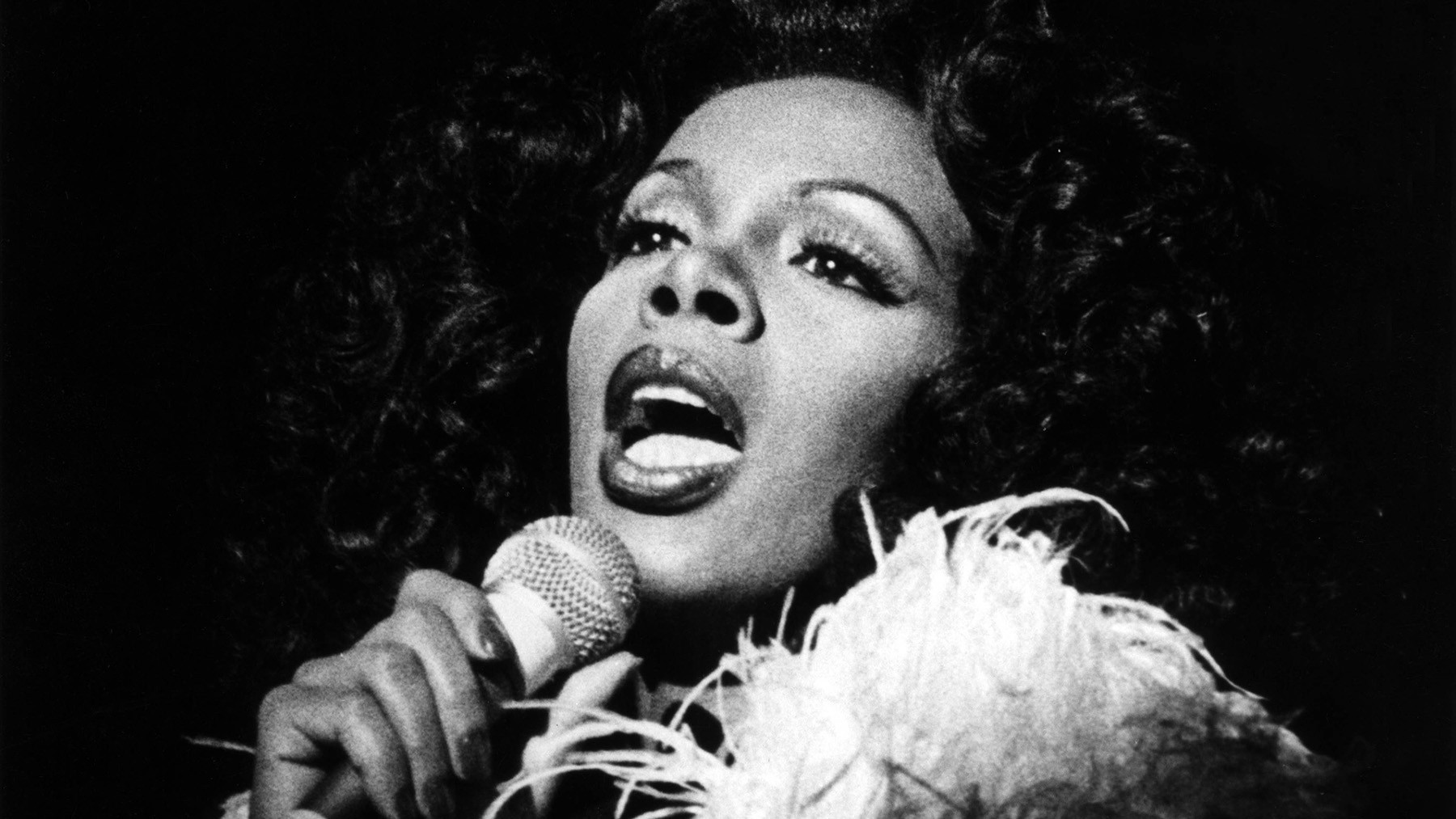 Redferns
Redferns
Image Credit: Redferns
While the film Thank God It’s Friday might be seen as a commercial venture for Casablanca Records, Donna Summer’s “Last Dance” undeniably earned its Oscar for Best Original Song. The track is a masterclass in tempo and mood, beginning with a slow, almost ballad-like intro before dramatically shifting gears into a taut and thrilling disco anthem. The genius behind this transformation is Casablanca’s producer Bob Esty, who conceived the song’s iconic tempo shift. “Last Dance” encapsulates the bittersweet feeling of a night ending, making it a timeless classic and one of the top disco dance songs of all time.
Fatboy Slim, ‘The Rockafeller Skank’ (1998)
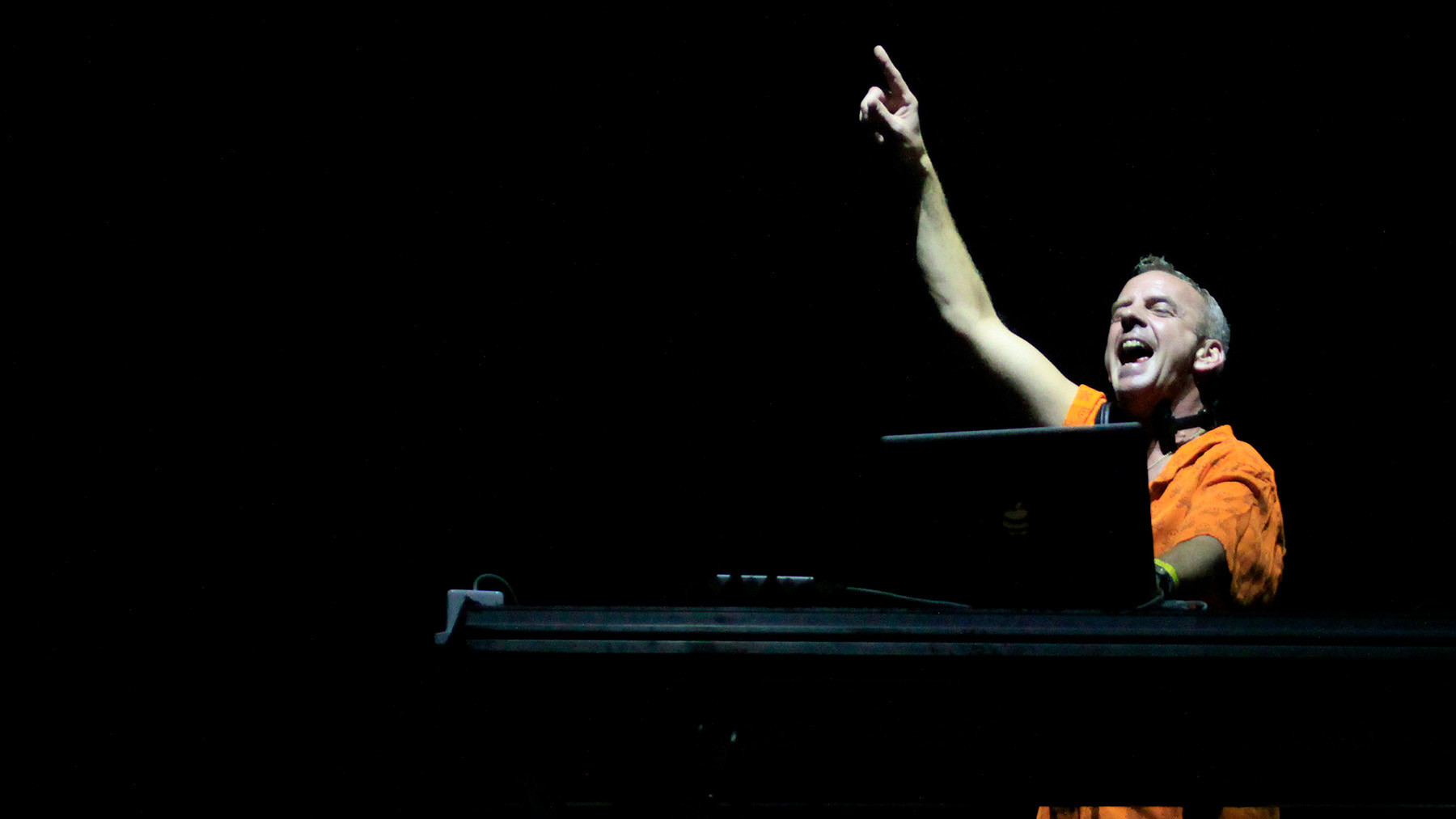 British DJ Fatboy Slim performs a concert at the Pop Music Festival, held at the parking lot of the Federation of Industries of Rio Grande do Sul, in northern Porto Alegre, southern Brazil, on March 15, 2011. Photo: WESLEY SANTOS/AE/AE (Agencia Estado via AP Images)
British DJ Fatboy Slim performs a concert at the Pop Music Festival, held at the parking lot of the Federation of Industries of Rio Grande do Sul, in northern Porto Alegre, southern Brazil, on March 15, 2011. Photo: WESLEY SANTOS/AE/AE (Agencia Estado via AP Images)
Image Credit: AP
Norman Cook, known as Fatboy Slim, described “The Rockafeller Skank” as a humorous creation, yet it became an undeniable global hit. His signature formula of breakbeats combined with catchy guitar riffs reached peak efficiency with this track. Featuring a surf-rock guitar riff and a memorable Lord Finesse vocal sample (“Right about now, the funk soul brother”), “The Rockafeller Skank” became inescapable in the late 90s. Its infectious energy made it an anthem, albeit one Cook playfully associated with a “beer-boyish mentality,” cementing its place as one of the top big beat dance songs.
Black Box, ‘Everybody Everybody’ (1990)
 Performance of Black Box at Sala Diamond in Rome (Italy), 1990
Performance of Black Box at Sala Diamond in Rome (Italy), 1990
While shrouded in controversy regarding uncredited vocals, “Everybody Everybody” by Black Box remains a quintessential early 90s house anthem. Martha Wash of the Weather Girls originally recorded the vocals, which were then used without credit, and a model mimed her performance in videos. Despite the ethical issues, the track itself is undeniably catchy and representative of the era’s high-energy, vocal-driven house sound. Its powerful beat and singalong chorus made “Everybody Everybody” a staple in clubs worldwide and a landmark track in the evolution of top house dance songs.
Snap!, ‘The Power’ (1990)
 German band Snap! at a concert in London, UK in 1991
German band Snap! at a concert in London, UK in 1991
Snap!’s “The Power” is a quintessential example of early 90s Eurodance and a blueprint for the genre’s future. Created by two German producers sampling American rapper Chill Rob G and R&B vocalist Jocelyn Brown, it became a global club hit. Recut with Turbo B, an American G.I., the song’s impact was undeniable. Its fusion of rap verses, a powerful female chorus, and a driving beat became the template for countless Europop acts. Michael Muenzing of Snap! noted its influence, observing how many groups adopted this rap-verse-chorus structure, solidifying “The Power” as one of the top Eurodance songs ever made.
Daft Punk feat. Pharrell Williams and Nile Rodgers, ‘Get Lucky’ (2013)
“Get Lucky” by Daft Punk, featuring Pharrell Williams and Nile Rodgers, is a masterclass in nu-disco and funk revival. Pharrell’s smooth vocals and Nile Rodgers’ signature guitar riffs perfectly complement Daft Punk’s robotic precision, creating a track that’s both retro and futuristic. Williams himself described the song’s vividness, stating, “You don’t need MDMA for this music, because it’s so incredibly vivid.” Its infectious groove and sophisticated production made “Get Lucky” a global phenomenon, proving that expertly crafted dance music with a touch of classic funk can still dominate charts and dance floors, and easily places it among the top modern dance songs.
Justice vs. Simian, “We Are Your Friends” (2006)
Image Credit: FilmMagic
Born from a remix contest, Justice vs. Simian’s “We Are Your Friends” became a defining track of the electroclash and early EDM era. Parisian duo Justice transformed Simian’s rock track “Never Be Alone” into a jagged, sample-heavy electro banger. Limited by their sampler’s capacity, they focused on the chorus vocal, creating a raw and powerful sound that bridged genres. This track launched Justice’s career and spurred Simian to reinvent themselves as the dance act Simian Mobile Disco. “We Are Your Friends” became an anthem of the mid-2000s, representing the peak of electro-house and solidifying its spot as a top electronic dance song.
Roni Size and Reprazent, ‘Brown Paper Bag’ (1997)
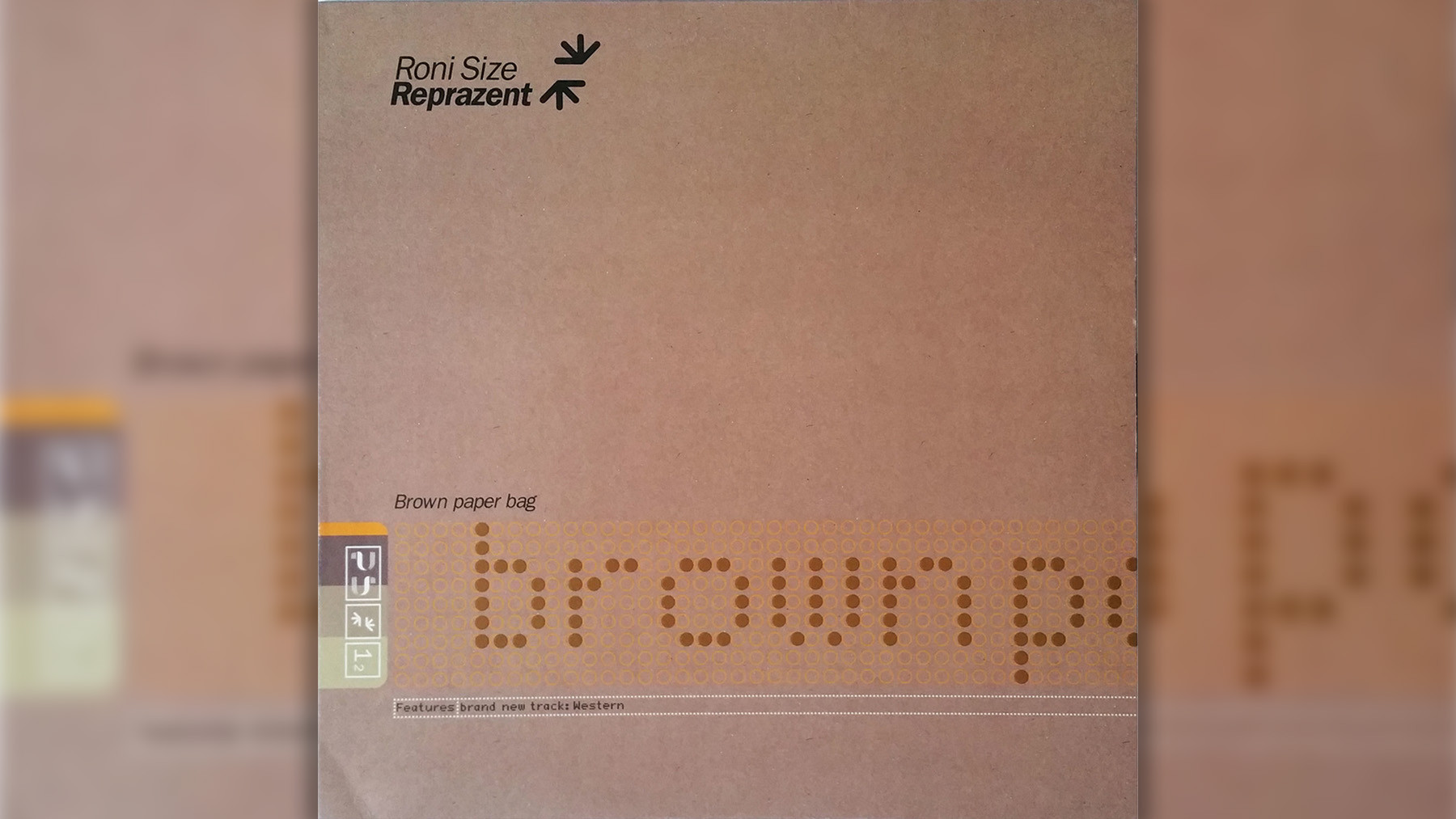 Roni Size Reprazent Brown Paper Bag
Roni Size Reprazent Brown Paper Bag
Roni Size and Reprazent’s “Brown Paper Bag” marked a significant moment in drum and bass, blending frenetic beats with warm, organic jazz-funk influences. Bristol-based Roni Size aimed to maintain the genre’s Black roots while exploring new sonic territories. “Brown Paper Bag,” driven by a prominent double-bass line, divided audiences initially due to its jazz elements, yet it became their biggest track from the New Forms album. Size noted how it attracted a broader audience, demonstrating that drum and bass could be both experimental and accessible, making it one of the top drum and bass dance songs of all time.
Soul II Soul, ‘Back to Life (However Do You Want Me)’ (1989)
Soul II Soul, led by Jazzie B, originally started as a London sound system specializing in reggae and soul. “Back to Life (However Do You Want Me)” perfectly exemplifies their smooth fusion of these genres. Initially intended for their sound system parties, the track’s supple groove and understated grace resonated far beyond. It topped the Billboard R&B chart and reached the Hot 100 Top Five, showcasing their unique sound and establishing them as major players in both R&B and dance music. “Back to Life” remains a timeless classic and a top soul-infused dance song.
Felix da Housecat, ‘Silver Screen Shower Scene’ (2001)
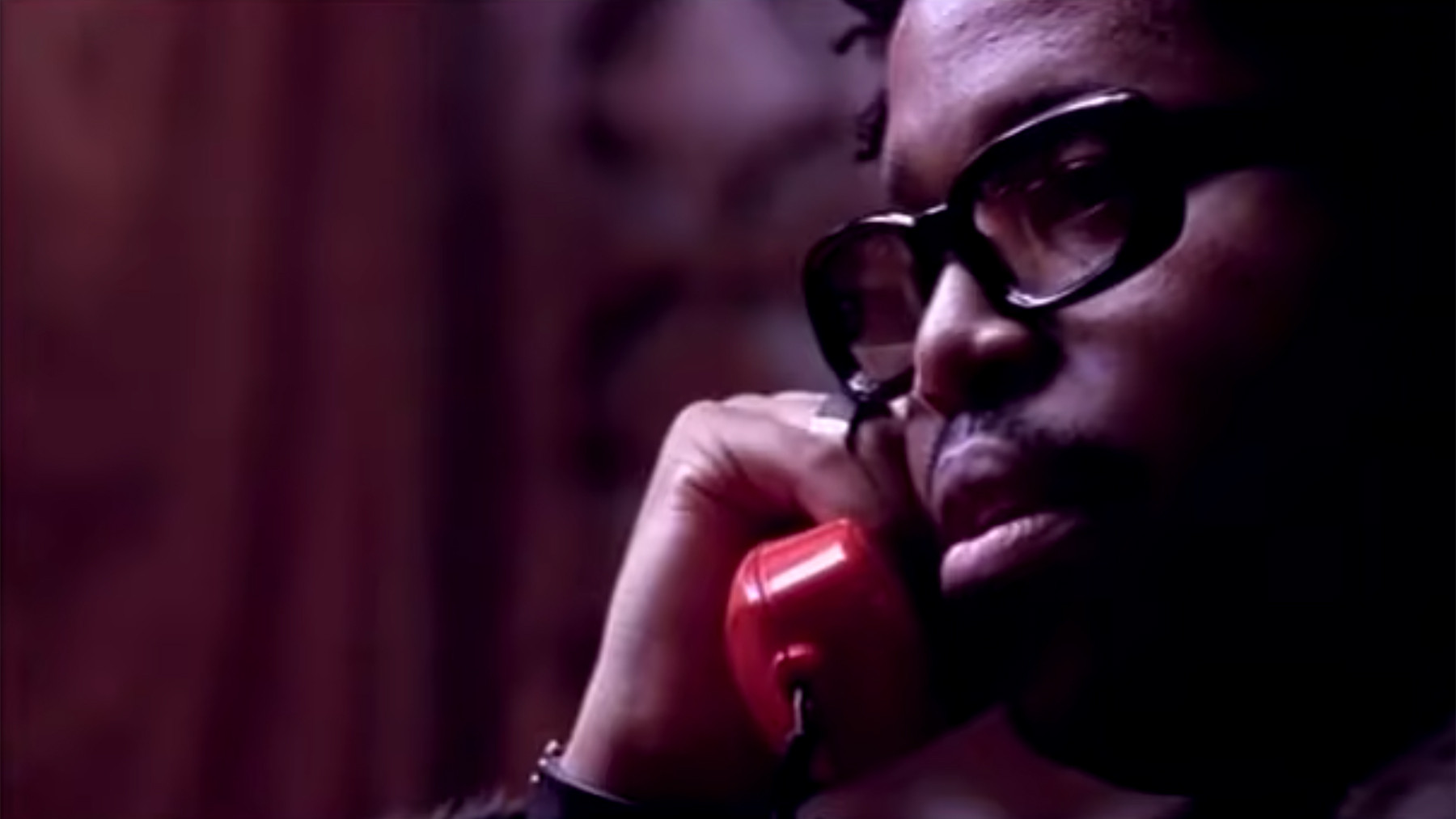 Felix Da Housecat Silver Screen Shower Scene
Felix Da Housecat Silver Screen Shower Scene
Felix da Housecat’s “Silver Screen Shower Scene” is an iconic track from the electroclash era, blending house with a critique of celebrity culture. A Chicago house veteran, Felix collaborated with Miss Kittin and Melistar for this track from the Kittenz and Thee Glitz album, a conceptual work exploring celebrity and artifice. Its satirical lyrics and driving electro beat instantly resonated, becoming an anthem of the electroclash movement. The Jacques Lu Cont remix further amplified its popularity, making “Silver Screen Shower Scene” a definitive and top electroclash dance song.
The Human League, ‘Don’t You Want Me’ (1981)
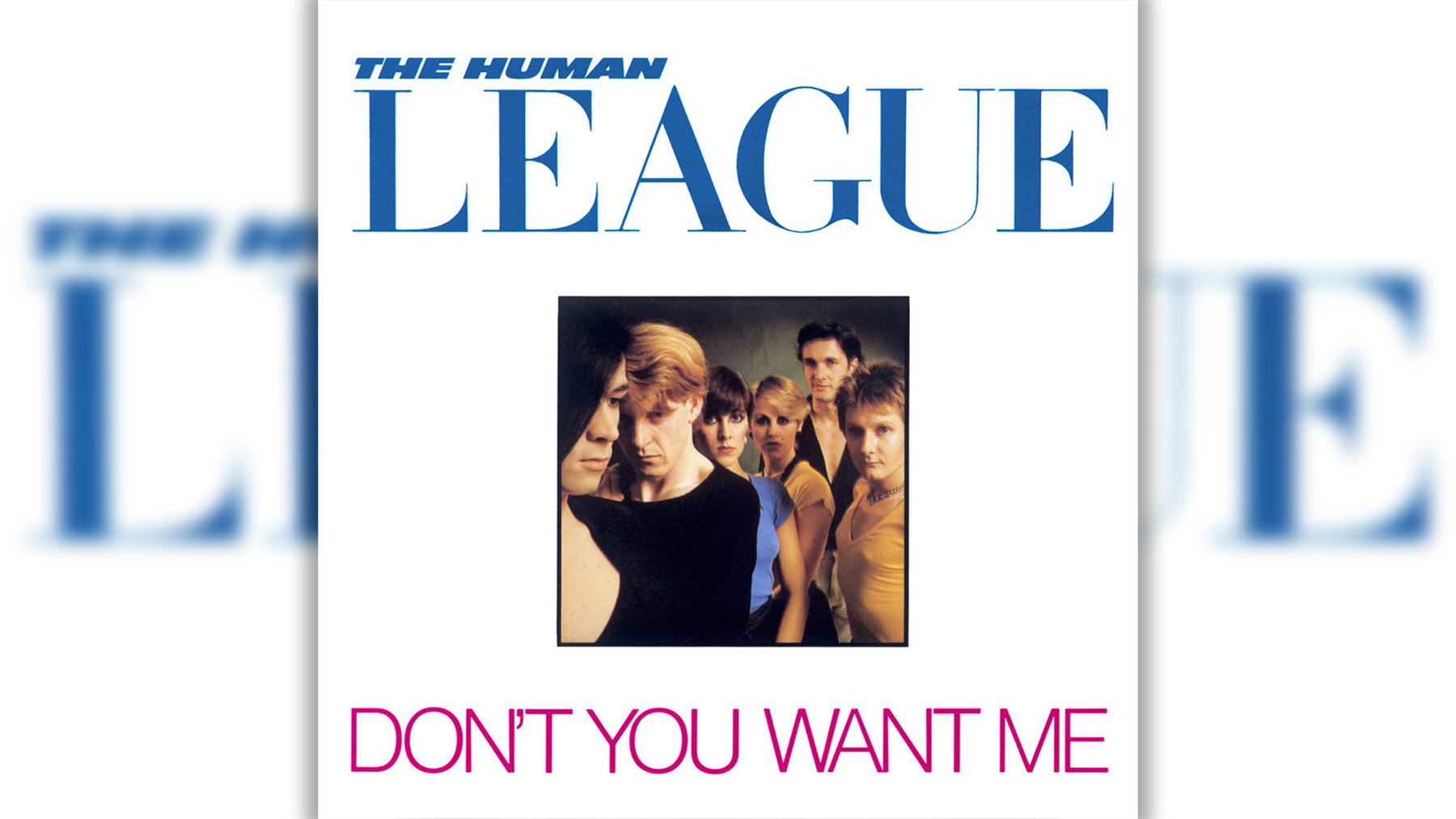 The Human League Don't You Want Me
The Human League Don't You Want Me
The Human League’s “Don’t You Want Me” is a landmark track in synth-pop and New Wave, bridging the gap between UK synth-pop, club music, and mainstream pop charts. Inspired by A Star Is Born and My Fair Lady, the song tells a story of fame and relationships through a he-said-she-said structure and a catchy synth riff. Despite initial doubts within the group, its undeniable hooks propelled it to Number One in both the UK and US, becoming a Top Three hit on the Billboard Dance Club chart. “Don’t You Want Me” remains a quintessential 80s anthem and one of the top synth-pop dance songs of all time.
Conclusion:
This top ten list offers just a glimpse into the vast and ever-evolving world of dance music. These tracks represent pivotal moments, genre-defining sounds, and enduring anthems that continue to inspire and move listeners worldwide. From disco’s glamorous beginnings to the diverse sounds of modern electronic music, dance music’s journey is a testament to its power to innovate, connect, and above all, make us dance. Explore these tracks and delve deeper into the rich history of dance music – you’re sure to find countless more songs to add to your own personal top ten list.


